Not only “pig stones” but also stones formed from various other animals are highly sought after at exorbitant prices.
Top 5 Rare Stones Found in Animal Organs
Pig Stone
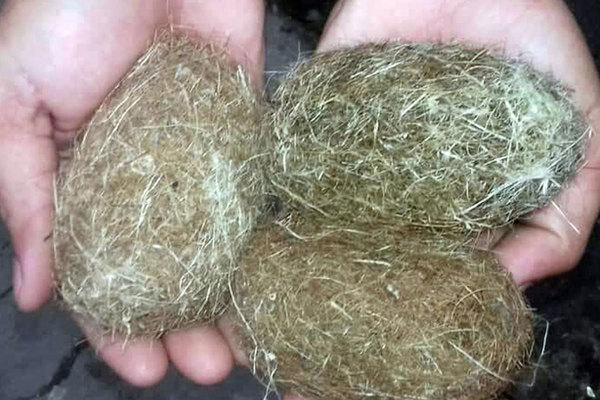
Pig Stone, also known as Trư Sa or Trư Bảo, is a type of material that accumulates in the digestive system of pigs, found in the stomach, intestines, or gallbladder. If left for a long enough time, Pig Stone develops a gentle herbal aroma, especially when exposed to air. Traditional Chinese medicine has used Pig Stone to assist in treating various ailments such as calming the mind, epilepsy, anxiety, insomnia, coma, clearing heat, detoxifying, and resolving phlegm, among other effects.
Dog Stone
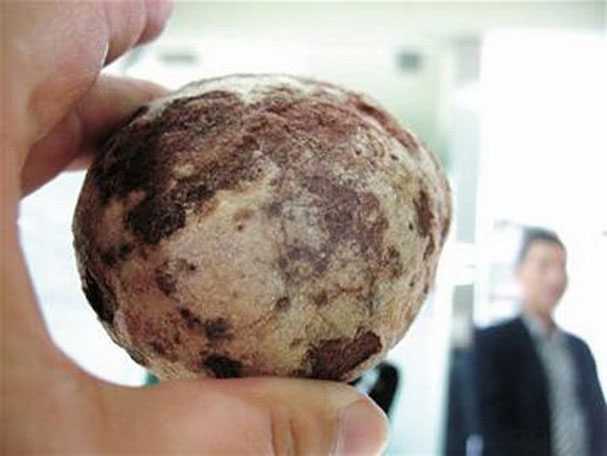
This is a stone formed in the gallbladder of dogs. It resembles a white stone with a slight blue tint, composed of many layered structures. The stone has a salty taste and warm properties, treating symptoms related to cold stomach conditions, such as difficulty swallowing, nausea, abdominal bloating, and poor digestion.
Monkey Stone
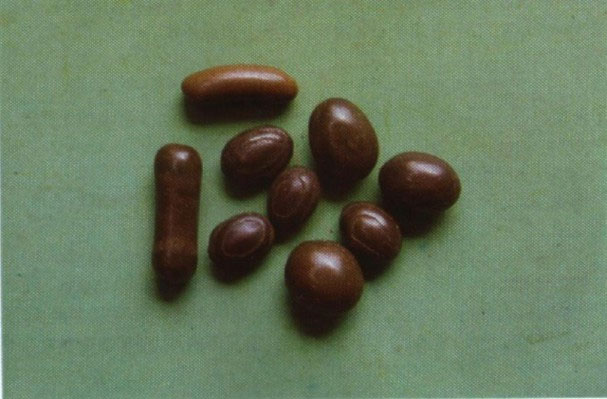
This stone accumulates in the organs of monkeys and resembles an apple. It has a bitter and slightly salty taste with cold properties. Its effects include clearing heat, resolving phlegm, stopping coughs, and treating respiratory issues such as wheezing caused by phlegm obstruction in the throat. It is also used for children experiencing convulsions and cold extremities due to phlegm.
Bezoar
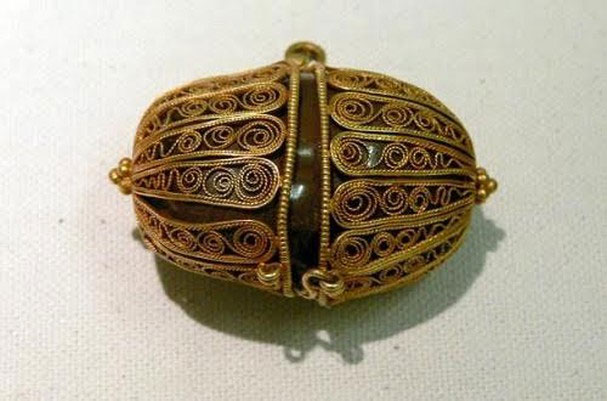
In the West, bezoars are stones found in the stomachs of animals such as deer, antelopes, hedgehogs, goats, bulls, and camels, formed from small stones or fibers trapped in the digestive tract. Over time, they become covered with layers of calcium and magnesium phosphates, similar to how pearls are formed.
Queen Elizabeth I of England, who reigned from 1558 to 1603, also used “bezoar gems” embedded in her crown. She even had a beige cloak made to match the gemstone, according to the scientific magazine Nautilus.
Bovine Gallstone
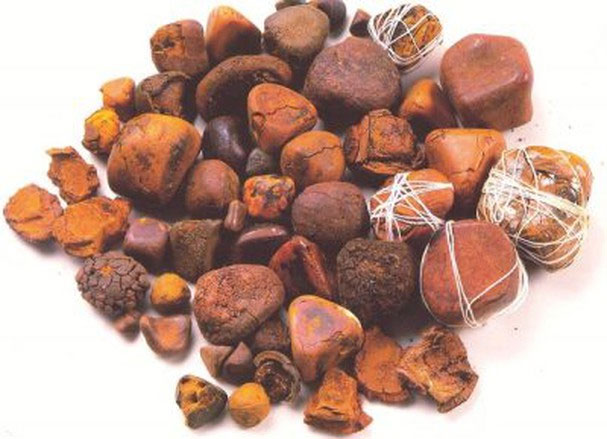
This type of stone forms in the gallbladder of buffalo and cattle. Bovine Gallstone naturally forms and is often valued according to the life of a cow, making it quite expensive. Traditionally, it is used to clear heat, detoxify, resolve phlegm, calm the mind, and treat various conditions such as high fever, lethargy, delirium, and cases of stroke. It is also applied externally to treat abscesses, reduce pain, and heal sores.


















































